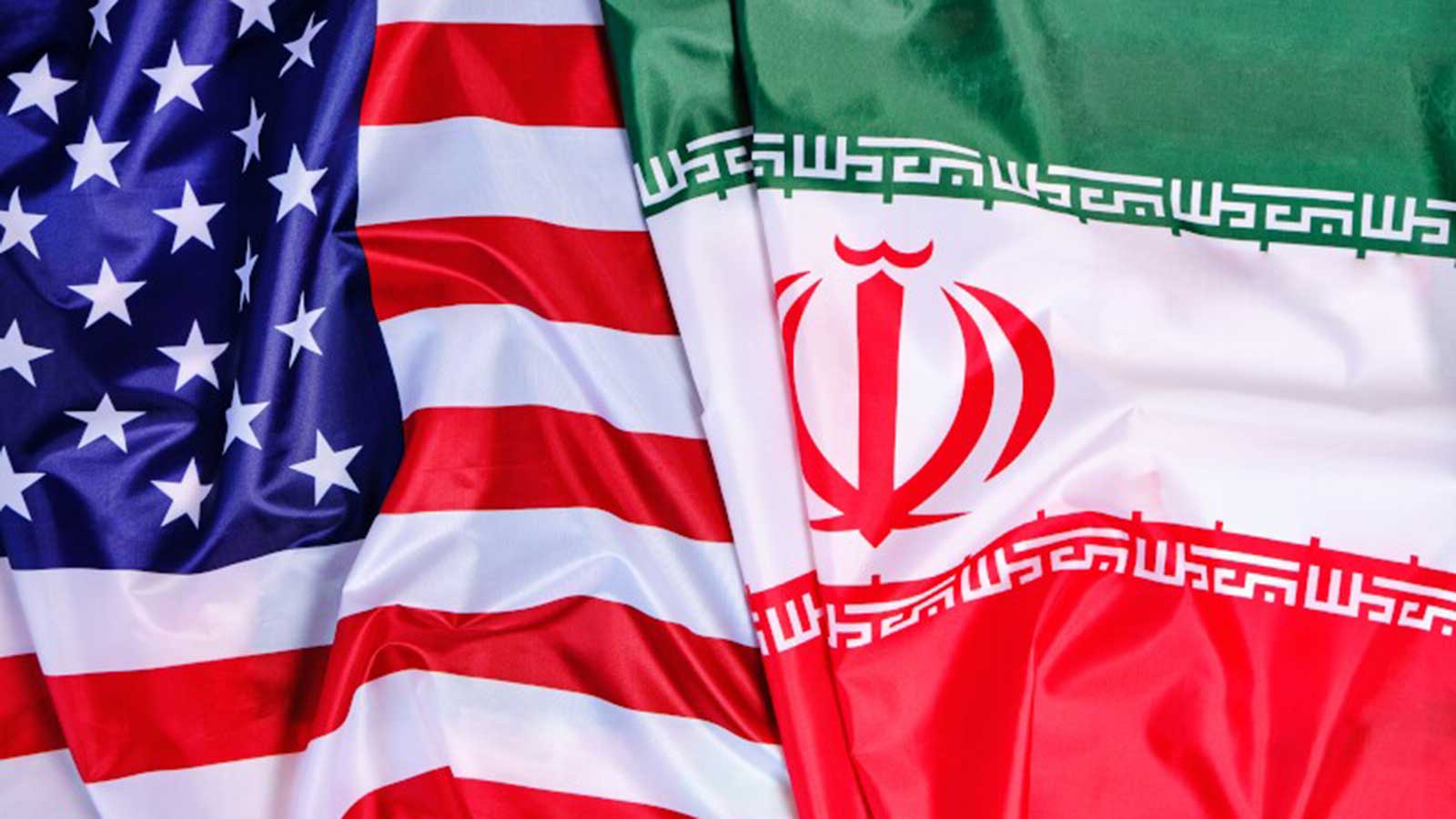Quick Read
- Iran and the US are negotiating over Tehran’s nuclear program.
- Confusion surrounds the location of the next round of talks: Rome or Oman.
- The International Atomic Energy Agency (IAEA) chief is set to visit Iran this week.
- Sanctions relief and uranium enrichment remain key issues in the discussions.
- The 2015 nuclear deal’s collapse continues to impact negotiations.
Background on the Iran-US Nuclear Talks
The ongoing negotiations between Iran and the United States over Tehran’s nuclear program have taken a new turn, with conflicting reports about the location of the next round of talks. While Italian and Dutch officials indicated that Rome would host the discussions, Iranian officials later announced that Oman would remain the venue. This uncertainty underscores the complexities of the negotiations, which aim to address Iran’s rapidly advancing nuclear capabilities and the broader geopolitical tensions between the two nations.
Conflicting Reports on the Venue
Initial reports suggested that the next round of talks would take place in Rome, Italy. Italian Foreign Minister Antonio Tajani confirmed that Italy had received a request from Oman, which has been mediating the negotiations, to host the discussions. Tajani expressed Italy’s willingness to facilitate the talks, emphasizing the importance of achieving positive outcomes on the nuclear issue. Dutch Foreign Minister Caspar Veldkamp also stated that Rome would host the talks, aligning with earlier reports from Italian government sources.
However, early Tuesday, Iranian Foreign Ministry spokesperson Esmail Baghaei announced that the talks would return to Oman. The state-run IRNA news agency quoted Baghaei but did not elaborate on the reasons for the change. This announcement contradicted earlier statements by Iranian Foreign Minister Abbas Araghchi, who had reportedly confirmed Rome as the venue during a conversation with his Iraqi counterpart.
High Stakes in the Negotiations
The stakes in these negotiations are significant, as the two nations grapple with nearly five decades of enmity. The United States, under former President Donald Trump, withdrew from the 2015 nuclear deal in 2018, leading to the reinstatement of economic sanctions on Iran. In response, Iran has progressively scaled back its commitments under the agreement, enriching uranium to levels close to weapons-grade and accumulating a stockpile sufficient for multiple nuclear weapons.
President Trump has repeatedly warned that military action remains an option if a diplomatic solution cannot be reached. On the other hand, Iranian officials have emphasized their right to develop nuclear technology for peaceful purposes while warning against external threats and pressures. The potential for escalation makes these talks critical for regional and global security.
Role of the International Atomic Energy Agency
The International Atomic Energy Agency (IAEA) plays a crucial role in monitoring Iran’s nuclear activities. IAEA Director General Rafael Mariano Grossi is scheduled to visit Iran later this week to discuss ways to enhance access for inspectors to Tehran’s nuclear facilities. The IAEA was instrumental in verifying Iran’s compliance with the 2015 nuclear deal, and its involvement remains vital as the negotiations continue.
Grossi’s visit comes at a time when diplomatic solutions are urgently needed. In a statement on social media, Grossi highlighted the importance of continued engagement and cooperation with the agency. His meetings with Iranian officials, including President Masoud Pezeshkian and Deputy Foreign Minister Kazem Gharibabadi, are expected to focus on rebuilding trust and ensuring transparency in Iran’s nuclear program.
Key Issues in the Talks
Sanctions relief and uranium enrichment are among the most contentious issues in the negotiations. The 2015 nuclear deal required Iran to limit uranium enrichment to 3.67% and significantly reduce its stockpile. In exchange, economic sanctions were lifted, and Iran gained access to frozen assets worldwide. However, the deal’s collapse has refrozen these assets and restricted Iran’s ability to sell crude oil on the global market.
While the United States may offer sanctions relief to alleviate Iran’s economic challenges, it remains unclear how much Iran is willing to concede. Iranian officials have hinted at a desire to continue enriching uranium up to 20%, a level higher than the 2015 agreement but lower than weapons-grade. Additionally, Iran has called for guarantees to ensure that commitments are upheld, citing a history of broken promises in previous negotiations.
Diplomatic Challenges
The negotiations are further complicated by the lack of direct communication between the two sides. Talks have been mediated by Omani Foreign Minister Badr al-Busaidi, with occasional face-to-face meetings between key negotiators, including Abbas Araghchi and U.S. Mideast envoy Steve Witkoff. Despite these efforts, both sides have refrained from making public statements about their specific demands, adding to the opacity of the process.
Iranian officials have also criticized the use of sanctions, pressure, and threats, arguing that such tactics undermine the prospects for meaningful dialogue. Baghaei reiterated this sentiment, stating that direct negotiations would not occur as long as these approaches persist.
Outlook and Next Steps
As the location of the next round of talks remains uncertain, the focus will likely shift to Grossi’s visit to Iran and its potential impact on the negotiations. The IAEA’s role in facilitating transparency and trust could prove pivotal in bridging the gap between the two sides.
Ultimately, the success of these talks will depend on the willingness of both nations to compromise and address each other’s concerns. With tensions running high and the stakes escalating, the international community will be closely watching the developments in this critical diplomatic effort.

